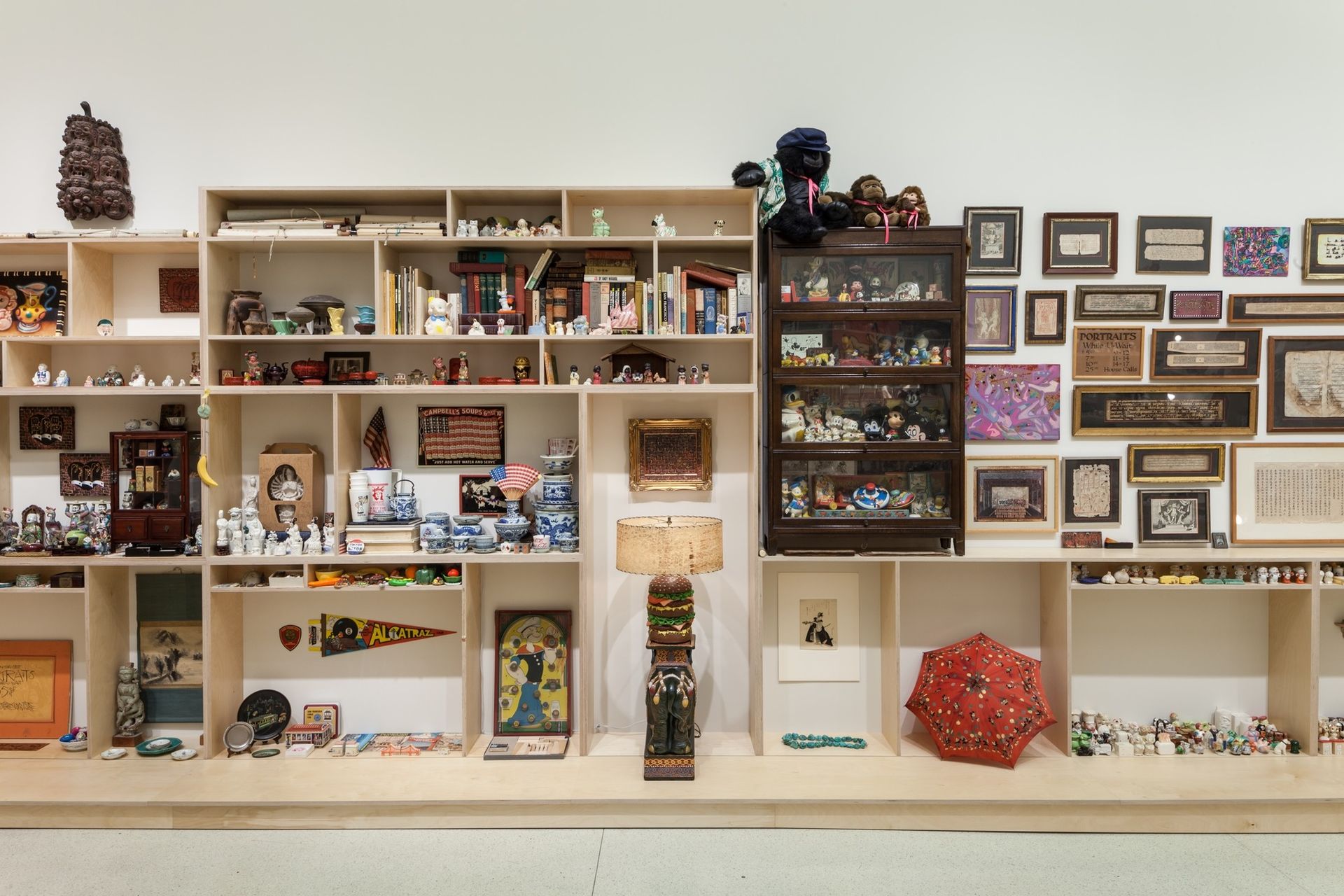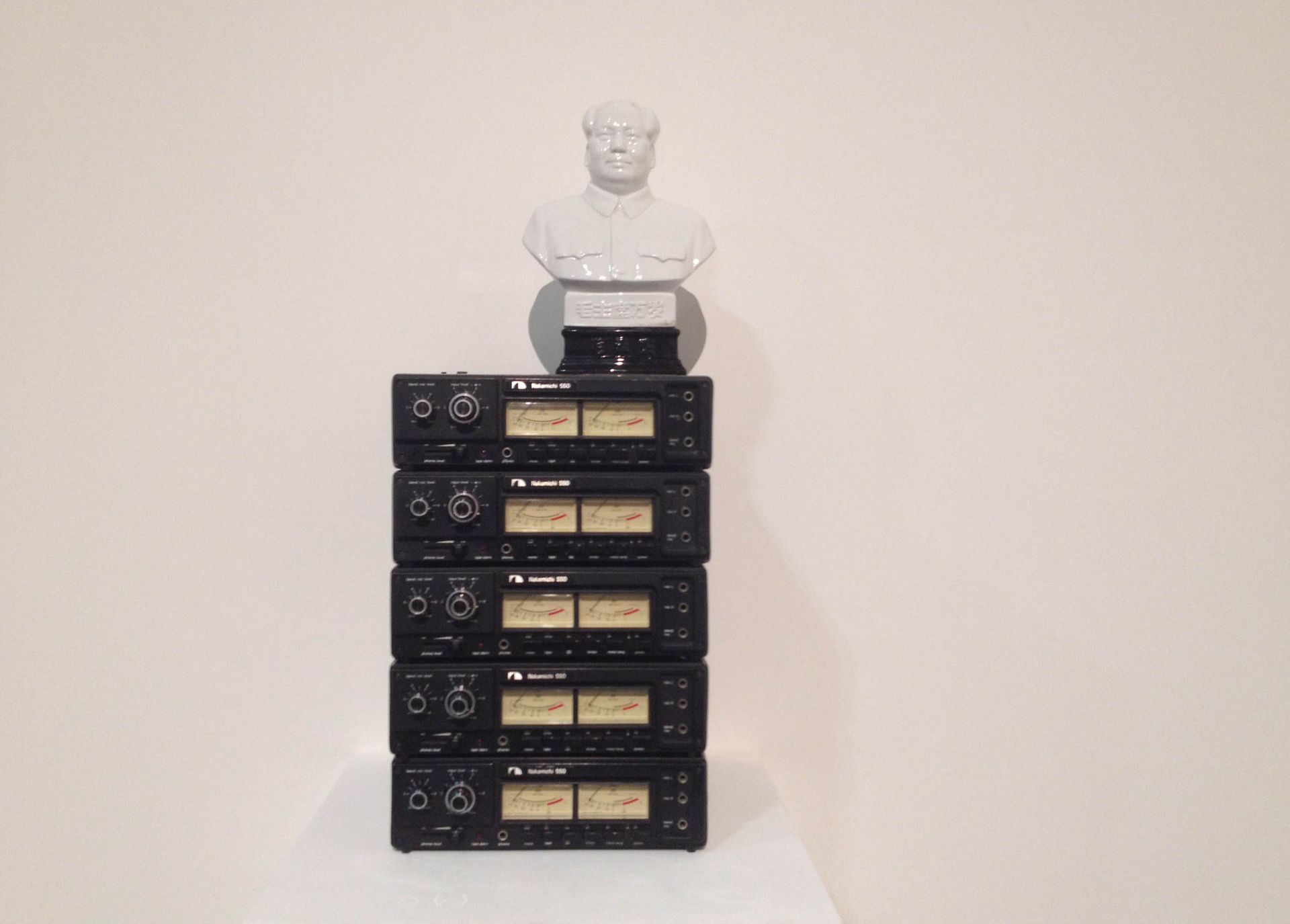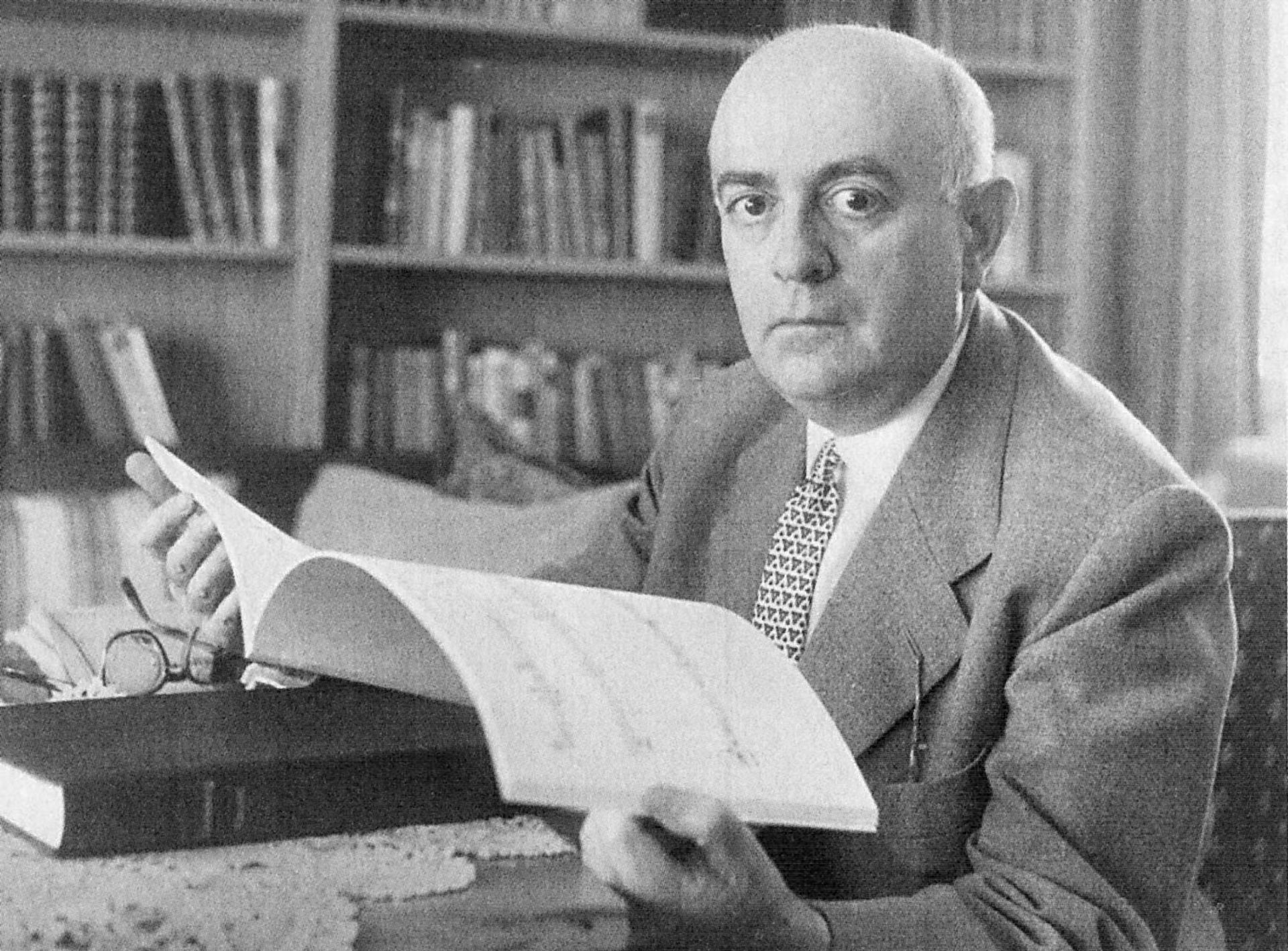“From the perspective in which my experience and convictions situate me, what [my colleagues] regard as their openness and tolerance and humaneness and distrust of extremism of all kinds—the values of bourgeois liberalism—amount instead to nothing more than promiscuity and irresponsibility verging on nihilism.” Michael Fried, 1966
One of the pleasures of reading the art historian Benjamin Buchloh is that he is the rare academic who is unafraid of loud arguments. His new book of collected essays, Formalism and Historicity, is full of searing assaults. Nan Goldin’s “seemingly radical work” is a “typical example of recent victim photography”. Olafur Eliasson’s art is an “apparatus of technocratic deception”. There is nothing to the “conciliatory pseudocritiques of Allora & Calzadilla and Francis Alÿs.” Jeff Koons, Damien Hirst, Takashi Mukarami and Richard Prince “enact an homage to precisely those… corporations that sustain their regimes by enforcing the dictates of a collectively operative pathology”. Even Pablo Picasso is not safe: in his classical period of the late 1910s through the 1920s, he is “a senile old ruler who refuse[s] to step down”.
Fire like this is a sign of optimism: Buchloh hopes to clear the air. This is one side of his torn half; the other is his philosophical pessimism, and his sense that the battles culture once fought against the world have finally been lost. Even his favourite artists—Marcel Broodthaers, Daniel Buren, the Soviet Constructivists and Productivists—could only stem the tide for so long. Between 1977 and 1996, when the 12 essays in this book were written, Buchloh’s position has hardened into an inveterate hopelessness. “We finally have to recognize”, he writes in the introduction, which was first published in Artforum in 2012, “that the spaces and practices of cultural production no longer provide any respite or refuge, no rescue nor redemption from the universal laws of production that have by now permeated every domain of social experience”. Capitalism has finally digested all opposition.
Buchloh’s pessimism has a deep truth: art is in fact a handmaiden for financers. He is right to think of this as a moral problem. How one sees the world is all-important. When he assails Koons, Hirst, Murakami and Prince, Buchloh convicts an entire worldview. This is a worthy task. Hirst’s early work aside, these artists should be damned. Prince in particular is still a problem because his art is still unfortunately so influential. But there is an antiquated quality to this focus. Who really thinks of Koons or Murakami as serious artists? They are the arrière-garde. They make big toys for bankers—let them. There are greater threats today, and they come from artists who recycle the allegorical approach to art that Buchloh once championed. Their worldview must be damned too.

In his younger days, Buchloh was optimistic about the potential of artists like Marcel Broodthaers, to whom he dedicates two essays, from 1980 and 1983. For Buchloh, Broodthaers condenses entire histories into small gestures; his work has an allegorical story to tell about the history of Modernism. In 1968, Broodthaers founded a fictional museum, Musée d'Art Moderne, Département des Aigles, Section XIXème Siècle, and named himself director. The inaugural installation—with ladders and spotlights and postcards of famous paintings surrounding a group of empty packing crates—told an abbreviated narrative of how art museums work. Artists make art, but someone has to install the shows and sell the postcards. The exhibition, as Buchloh explains, “assembled… all the elements of contingency and containment that institutionalized the work of art and constituted [its] framing conditions”. It was, simply, a fine example of the allegorical power of Deconstruction, of the way an artist can take apart the Romantic myth of the lone genius and put it back together to reveal that there is always more to it than that. It is the clearest instance of what Buchloh elsewh ere calls an “allegorical procedure”, where fragments add up to something greater than the sum of their parts.
This is fine criticism, especially since it enlivens otherwise cerebral art. But Broodthaers’s work is full of danger. It encourages an assemblage aesthetic that is difficult to manage. His style—a little bit of this, a little bit of that—requires a rigorous internal coherence that few can sustain. Broodthaers’s “museum fictions,” as Buchloh cleverly calls them, work because they are carefully crafted. Everything unnecessary has been edited away. (It is no coincidence that Broodthaers was a poet before he was a visual artist.) But this style can quickly dissolve into pure arbitrariness, which is precisely where allegory has taken us.
Today our most visible and most impoverished allegorist is Danh Vo, to whom editing is anathema. His 2012 installation at the Guggenheim Museum in New York (I M U U R 2, 15 March 2012-27 May 2013) was meant to tell a story about the late artist Martin Wong through an assortment of nearly 4,000 random trinkets that once belonged to him: ceramic plates, lamps, a miniature umbrella, oversize toy dice, a toy clown, at least one nativity scene, a can of Quaker Oats, two stuffed animal monkeys, two stuffed animal bears, used paint brushes, a copy of Newsweek magazine, a campaign button for Richard Nixon, figurines of Mickey Mouse and Donald Duck and Felix the Cat, various scrolls, a set of Encyclopaedia Britannica, assorted small Statues of Liberty...

And on and on. This is allegory reduced to democratic accumulation: everything is interesting! Everything has something to say! Vo’s work—and not just the Hugo Boss prize show—is a sad affair of celebrating everything under the sun. What Buchloh writes about the Neoexpressionists (Anslem Kiefer, Georg Baselitz) applies equally to Vo: “the work has all the characteristics of cliché: compulsively repeated gestures emptied of meaning and congealed into grotesques.”
Buchloh wrote this in 1981 in one of his finest essays, Figures of Authority, Ciphers of Regression, an allegorical diatribe against the return of representation to contemporary painting. Buchloh’s case is devastating: the Neoexpressionists rehearse all the insecurity of the Return to Order of the 1920s and 1930s, when the avant-garde turned away from abstraction and towards classical style. Both movements “originate in a nostalgia for that moment in the past when the painting modes to which they refer had historical authenticity. But the spectre of derivativeness hovers over every contemporary attempt to resurrect figuration”.
Today, it is allegory that is endlessly resurrected; it is allegory that is the easy fashion, a way of putting the least amount of thought into art. The mechanics are well in place: just put some stuff on top of some other stuff. This is the logic of contemporary allegorists like Vo, Darren Bader, Terry Adkins and Rachel Harrison. Koons and Murakami, whatever their power, would never be mistaken for intellectual titans. Yet “Bader creates a new breed of readymade,” one critic writes. Adkins’s work is “replete with possibility,” according to another. Peter Schjeldahl wrote in the New Yorker that Harrison has an “originality that breaks a prevalent spell in an art world of recycled genres, styles, and ideas.” (Are we looking at the same artist?) And Claire Bishop, in a tepidly critical article about Vo recently published Artforum, found space to praise his “seductive sculptures.”

I do not know what Buchloh would say about these artists; they are beyond the scope of Formalism and Historicity. But he is not naïve. He knows that avant-garde strategies have always degraded. More than anything, his book is a compacted history of failure. Most of the essays chart the avant-garde’s quick and inevitable slip from critique to affirmation. In a 1984 article titled from Faktura to Factography, Buchloh asks: “Why did the Soviet avant-garde, after having developed a modernist practice to its most radical stages in the… work of the Suprematists, Constructivists, and Laboratory Period artists, apparently abandon the paradigm of modernism upon which its practice had been based?”
Buchloh’s answer is that there was no abandonment: at a certain point, art acquiesces to the world. No artist is an island. Soviet experimentation of the 1920s “would very soon issue into the preparation for an arsenal of totalitarian, Stalinist propaganda in the Soviet Union.” It was not a matter of dictatorial manipulation; hope for Russia was eroded from below. The Soviet avant-gardists developed a “commitment to the cause of Soviet politics” that was “enthusiastic and sincere and came unforced.” The collapse was democratic.
Buchloh is so rich because arguments like these are a history of the avant-garde in sum. They show that Modernism always cheapens once its currency has become widely available. Whatever it does for politics, democracy has so far always been a threat to art. So it is no coincidence that a democratic spirit animates the contemporary allegorists. Vo, Bader, Adkins, Harrison: they all sample freely; all things are open to appropriation. But their egalitarian impulse has an imperialist underbelly: everything is under threat of being made into a part of some poor fable. This anything-goes pluralism puts strain on Buchloh’s particular brand of pessimism, because outwardly, pluralism sustains a healthy populism: isn’t it a good thing that anything can be art? Doesn’t it mean that we are now all artists or—at the very least—curators?

This is the optimistic worldview of our contemporary allegorists, who assume sincerely that literally any arbitrary assortment of things can tell a good story. What else could possibly account for Vo’s Guggenheim exhibition? What else explains Harrison’s sculpture Tiger Woods (2006), where a blob of cement and plastic and a can of lemonade sit on a wooden box? How else can we make sense of Adkins’s decision to put five hi-fi players atop one another with a porcelain bust of Mao Zedong at top (Darkwater Record, 2003-2008)? Why else would Bader think a box of Exodus Paste Horse Wormer would be worth exhibiting (To Have and to Hold: Object H, 2014)?
Optimism like this—nothing is beyond aesthetic worth!—is delusional. It is a worldview that reduces everything to its lowest possible common denominator; it is democratic populism in action. The Frankfurt School philosopher Theodor Adorno, who is Buchloh’s critical keystone, was famously and rightly afraid of the way democracy tended to devour itself. He is the rare Marxist who was brave enough to warn against the “romanticism of blind confidence in the spontaneous power of the proletariat”, which was ostensibly able to solve its own problems democratically. Twice in his book, Buchloh quotes this remark, taken from a letter written by Adorno to his friend Walter Benjamin. Each time, Buchloh employs it to emphasise that credulous optimism is more dangerous than hard-nosed pessimism. The point still stands.
This makes the lazy critical elevation of the contemporary allegorists particularly frustrating. It is odd how much tolerance writers have for work that debases discussion, and it is precisely this debasement that makes the contemporary allegorists so dangerous. In his finest moments—Formalism and Historicity is full of them—Buchloh was furiously unwilling to put up with similar such nonsense. In what is perhaps the book’s most famous essay, Conceptual Art 1962-1969: From the Aesthetics of Administration to the Critique of Institutions from 1989, Buchloh assaults Joseph Kosuth for his one-dimensional work, which only “updated Modernism’s project of self-reflexivity.” It is the same with the contemporary allegorists, even if they come from a different direction. Their egalitarianism, which is at once so eclectic, which christens anything within arm’s length as a work of art, is also reiterative. Today, allegory has only one thing to say repeatedly, which is that all fragmented ephemera are necessarily thought-provoking. At bottom, this optimism is evidence of a sad nihilism: when everything is worth discussing, there is no nothing left to say. Democracy eats itself; allegory becomes tautology.
Buchloh disliked this about Kosuth’s work. He damned him with the words of Roland Barthes, whose phrase is worth repeating: “Tautology. Yes, I know, it’s an ugly word. But so is the thing.”

Formalism and Historicity: Models and Methods in 20th-Century Art
Benjamin H. D. Buchloh
MIT Press, 584pp, $49.95

